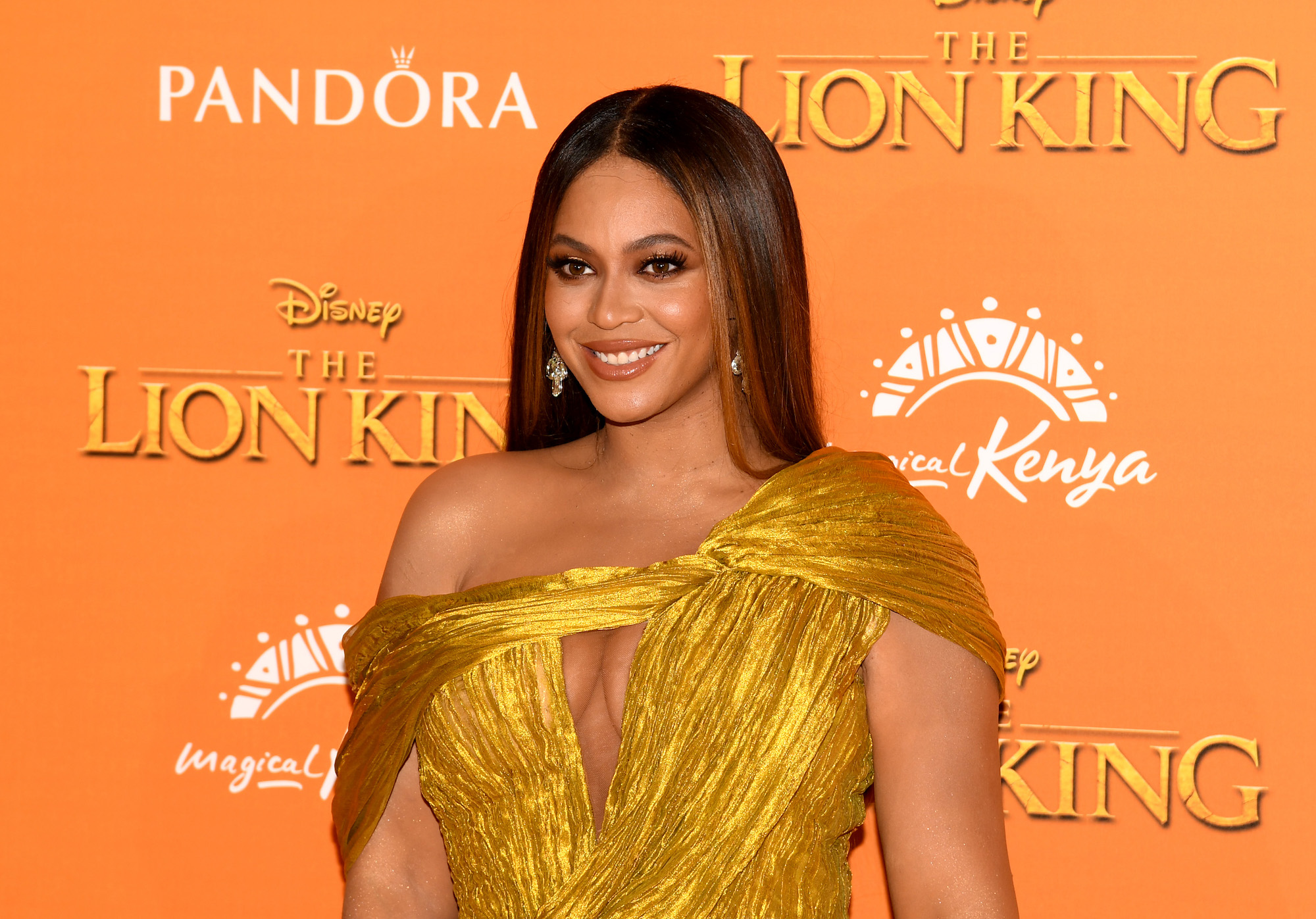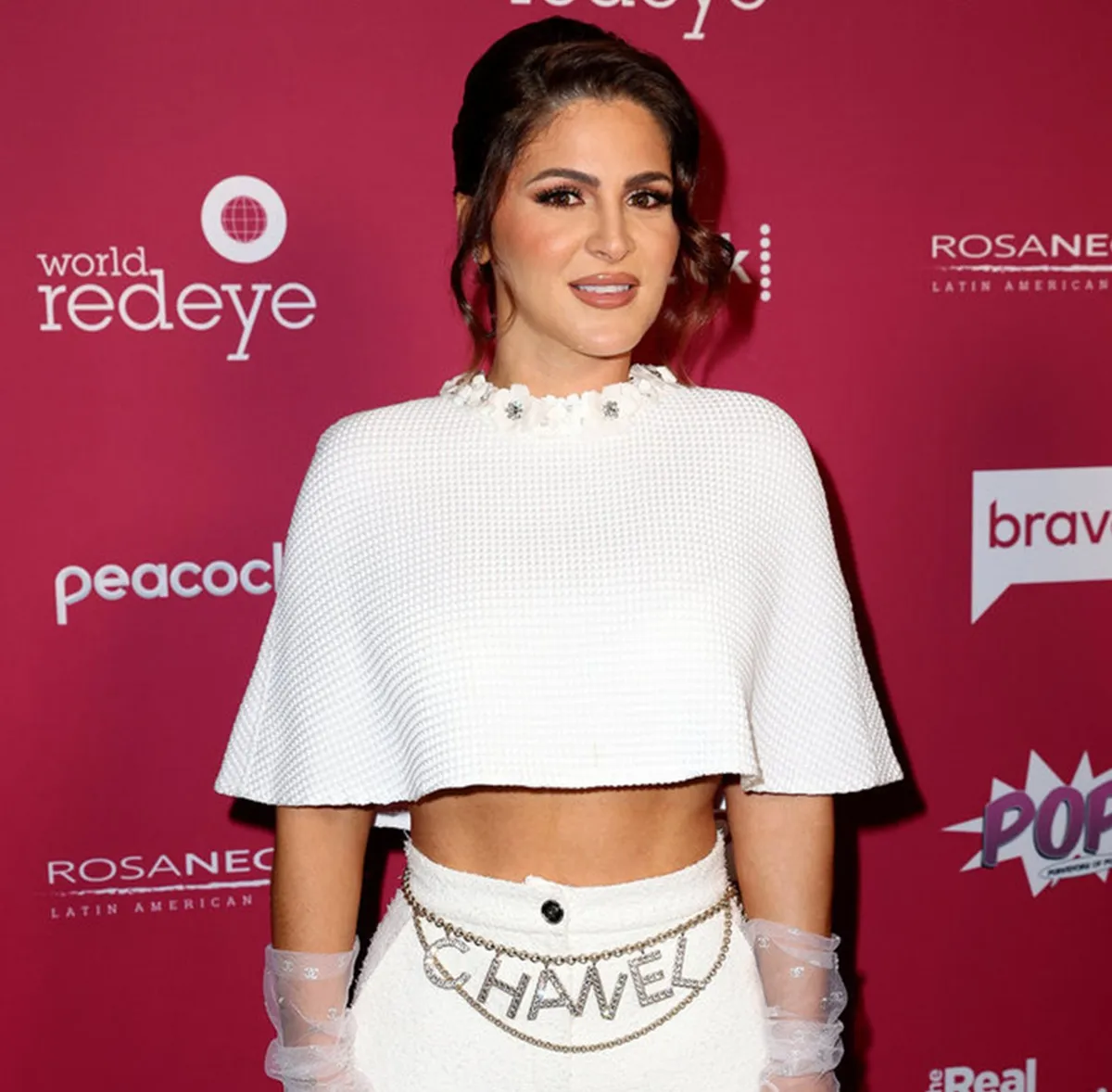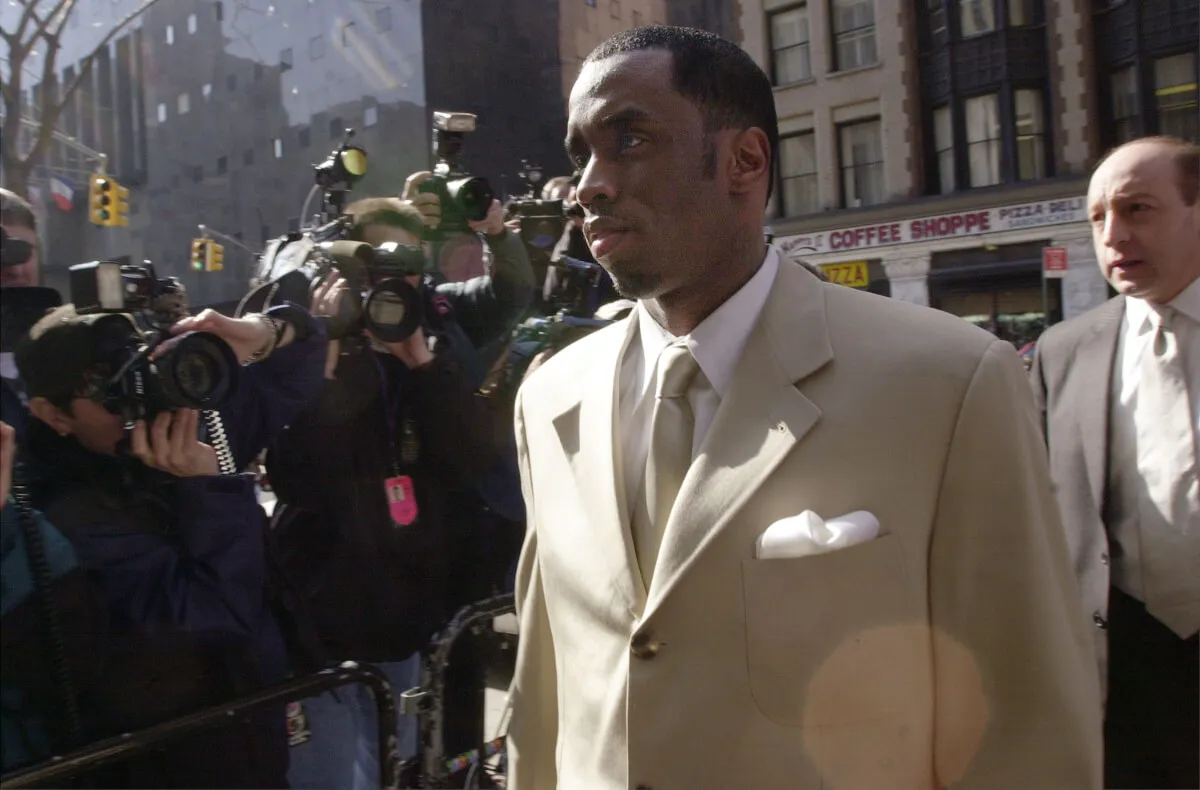How Beyoncé’s Visual Album Helped Change the Music Industry Forever
When Beyoncé came on to the entertainment scene as a child member of the group that would eventually become Destiny’s Child, she seemed firmly situated in fleeting pop star status.
While the group featured talented singers and dancers, they were largely seen as just one of the many such groups “popping” up throughout the era. Once Beyoncé’s solo career started to take off, it was clear that she had the persona and talent to make it on her own, but no one could have predicted just how much she would transform the music industry and just how far she would come.
While Queen B, as fans affectionately and reverently call her, has made many moves that will go down in history, one truly transformative act is found in her visual albums.
Beyoncé had her sights set on fame from a young age

Born as Beyoncé Giselle Knowles in 1981, the Houston, Texas native was determined to become an entertainer from a young age. By the age of nine, she was part of the hip hop group Girl’s Tyme, and the young collective — made up of Beyoncé’s childhood friends — saw some early signs of success.
After their 1992 appearance on the show Star Search, it looked like they might be on the fast track to fame, but shortly after their loss on the television talent show, their recording contract fell apart, and it was back to the drawing board.
Supported by her father, Beyoncé quickly rallied and formed Destiny’s Child. This group would get a recording contract with Columbia in 1997 and spend several years topping the charts and racking up accolades including multiple Grammy Awards.
Beyoncé’s status as the frontwoman for the group was clear to everyone, and her personality shined through in songs like “Bootylicious,” a precursor to Beyoncé’s body-positive, female-centric ethos that would soon take on a life of its own.
Beyoncé matured as an artist and a person
Once Beyoncé’s solo career became her central focus, there was a shift in the quality of her music as well. While her vocal ability was always front and center, more and more of her work took on the messaging and persona that the star was clearly focused on crafting.
At the same time, her multiple collaborations with future husband Jay-Z became the foundation of a personal-professional partnership that would become one of the biggest power couples in the entertainment industry.
Beyoncé manages to walk an incredibly fine line between privacy and transparency, often using her own personal life experiences to inform her song content while still working hard to keep her children and her marriage out of the public eye.
Many of her songs have had an autobiographical component, but the release of 2013’s self-titled album Beyoncé along with the 2016 release of Lemonade upped the ante. Each of these pieces wove together personal stories with catchy and innovative musical compositions to craft something unlike anything music fans had ever seen.
The visual album defines Beyoncé’s contribution
Both Beyoncé and Lemonade also stand apart from other musical works because of their accompanying videos. Music videos are nothing new, but Beyoncé didn’t simply craft a video to go along with a few of the singles or shoehorn in a narrative that loosely fits the song’s theme in retrospect.
Instead, Beyoncé’s visual albums are inseparable from the piece as a whole, a seamless complement that deepens the audience’s experience.
It isn’t just the medium that Beyoncé has challenged with this innovation. When Beyoncé dropped in 2013, it did so without the traditional marketing or corporate ties.
As The Conversation explains: “it forced conversations about artists bypassing traditional media and middle-men to strengthen the bond between themselves and their fans.” When fans oohed and ahhed at the child capturing their hearts during Star Search, they had no idea just how transformative that little girl would grow up to be.


